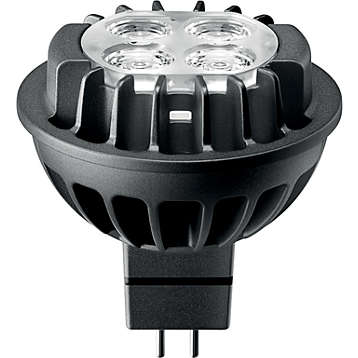Lighting is typically responsible for only a relatively small (circa 7%) of total household electricity usage but is also an area that you can make significant gains on without compromise.
Light Globes
LED currently offer the most efficient choice of lighting. Next best are Compact Flourescent Lights (CFL) and near equal last are Halogen or Incandescent.
LED’s are a new and far from mature product, our experience is that reputable brand globes are the best choice currently. LED prices may seem significant compared to the halogen, incandescent or CFL’s they’re replacing but this should be viewed in consideration with the significantly longer life span and significantly reduced energy consumption.
Retrofitting Halogen Downlights
Low voltage halogen downlights (MR16) traditionally consist of two components, a) the transformer and b) the globe. The transformer typically draws 10-20 watts and the globe 50W. There is normally a single transformer for every globe.
Conversion options:
1. Switch to GU10 fittings with CFL globes.
- Requires replacement of all light fittings
- Requires minor wiring modification to remove transformers
- Requires special CFL globes to work with dimmers.
- Reduces power consumption from circa 65W per fitting to 13-15W per fitting.
2. Switch to GU10 fittings with LED globes.
- Requires replacement of all light fittings
- Requires minor wiring modification to remove transformers
- Cannot be dimmed.
- Reduces power consumption from circa 65W per fitting to 10W per fitting.
3. Switch to LED globes with existing transformers.
- Requires minor wiring modification to remove transformers
- Only certain globes such as Phillips Master LED will be compatible with your existing halogen dimmers
- Reduces power consumption from circa 65W per fitting to 20-30W per fitting (Transformer 10-20W + Globe 10W)
- Does not require an electrician to complete the conversion
4. Switch to LED globes with new transformers.
- Requires minor wiring modification to replace transformers with energy efficient LED compatible models
- Most transformers can support up to 4 x 10W LED globes so lights can be re-wired to reduce the number of transformers used reducing materials and energy consumption.
- Reduces power consumption from circa 65W per fitting to 11W per fitting (Transformer 3W per 3 globe + Globe 10W)
- Requires an electrician to complete the conversion
Downlight covers
Downlight fittings create a hole in your ceiling that both can’t be insulated and through which heat will be lost during the cooler months of the year. If possible they’re best avoided for this reason.
If you have to have or already have downlights consider installing a downlight cover. This both reduces the heat loss through the fitting and reduces the risk of house fires. See our detailed review of downlight covers available in Australia.
Low voltage lighting and transformers
Low voltage lighting isn’t low power usage lighting. The commonly installed 50W Halogen downlights are now one of the highest users of electricity for lighting in residential applications.
In addition to the power used by each globe, there is a transformer/drive for each globe which itself consumes electricity. Inefficient versions use up to 20 W each.
Low wattage transformers:
- Redback (consumes 2W)
- MeanWell ELN series
Dimming LED’s
Of all the LED’s we’ve tested, they will not dim in the same smooth fashion as halogen or incandescent globes. Limitations of dimming LED’s include flickering, reduced dimming range, very sensitive adjustments, and drop out at low light levels.
If you’re heavily reliant on dimming your lights and you wish to switch to LED you should also consider alternative approaches which may work more effectively.
- Adjusting the lighting level to that which is actually needed. Some rooms may be adequately lit with less light (via lower wattage globes) eliminating the need for dimming.
- Task based lights may be used as a replacement or alternative to dimming the entire room lighting.
- Low power night lights may substitute room lighting on dimmed settings.
- Lamps may offer an alternative to achieving infrequently used mood lighting levels.
Lumens vs Watts
In the old days of incandescent lights Watts = Power consumption. Now we’re comparing between Halogen, Compact Flourescents and LED’s, each of which has a different light output relative to it’s power consumption. A more useful metric is the actual measure of light produced by a given globe which is Lumens.
- Incandescent: 10-17L/W
- Halogen: 12-22L/W
- CFL: 40-65L/W
- Fluoro tube: 60-110L/W
- LED globe: 50-100L/W
Skylights & Solatubes
- Ensure skylights are double glazed to reduce heat loss
- Openable skylights can be useful for venting excess heat at night time during summer
- Skylights represent a hole in your ceiling and so insulation must be given careful consideration
Further reading
- http://en.wikipedia.org/wiki/Phase-out_of_incandescent_light_bulbs
- http://www.yourhome.gov.au/technical/fs61.html



